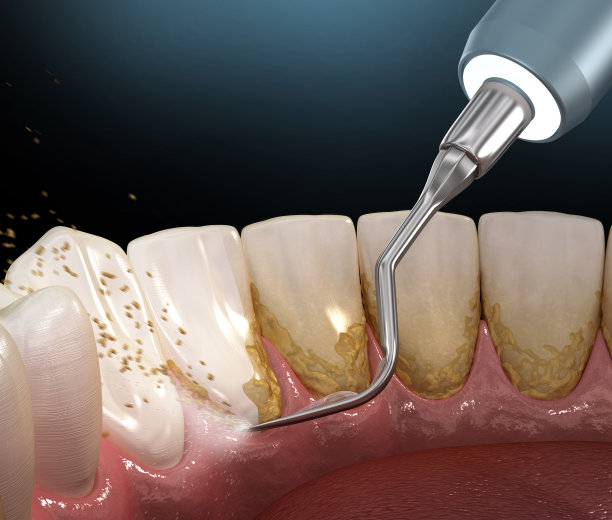Essential Guide to Key Precautions You Should Take Before and After Dental Filling Procedures
Summary: Dental fillings are a common procedure used to restore teeth affected by decay or damage. However, ensuring a successful outcome involves taking specific precautions before and after the dental filling process. This article outlines essential tips to minimize discomfort, enhance recovery, and ensure lasting results. By understanding the necessary preparations, post-care practices, potential side effects, and the importance of maintaining dental hygiene, patients can facilitate the healing process and protect their investment in oral health. Ultimately, these guidelines aim to empower patients to approach dental fillings with confidence, paving the path for better dental health.
1. Preparing for Your Dental Filling Appointment

Before undergoing a dental filling procedure, it’s crucial to adequately prepare yourself for the appointment. Start by discussing your medical history and any medications you are taking with your dentist. This dialogue ensures the dentist is aware of potential complications or contraindications related to your personal health.
Next, consider avoiding food and drink a few hours before your appointment, especially if local anesthesia is planned. A numb mouth can make it challenging to swallow or eat safely right after the filling procedure, so its best to approach the appointment with an empty stomach.
Finally, arrange a comfortable way to get home post-procedure. Depending on the anesthesia used, you may feel disoriented or unable to drive. Having someone available to assist you will alleviate stress and ensure your safety after the appointment.
2. Understanding the Filling Process and Expectations
It’s important to understand the dental filling procedure itself to set realistic expectations. Your dentist will typically begin by administering a local anesthetic, numbing the area around the affected tooth. While this may cause some anxiety, reminders that any discomfort will be minimal can help ease your nerves.
Once numbed, your dentist will remove the decay, clean the tooth, and fill it with the chosen material, which could include composite resin, amalgam, or porcelain. This procedure typically lasts between 30 minutes to an hour, depending on the complexity of the filling.
Post-procedure, it’s common to experience slight sensitivity to temperature or pressure. This should gradually diminish, but you should keep your dentist informed of any prolonged discomfort. Understanding these aspects will make you feel more prepared and at ease during the filling.
3. Essential Aftercare Steps for Optimal Recovery
Following dental filling, aftercare plays a significant role in ensuring proper healing. Initially, avoid eating or drinking until the numbness from anesthesia has completely worn off. This helps prevent accidental injury to your mouth.
Additionally, be mindful of the foods you choose to eat once you can. Soft foods are recommended for the first 24 hours, as they are less likely to cause irritation or damage to the filling. Gradually reintroducing harder foods will help you gauge your sensitivity level.
Maintaining proper oral hygiene post-filling is crucial. Ensure you brush and floss regularly, but take extra caution around the filled area to prevent damage to the new filling. Rinsing with warm salt water can also help soothe any irritation and promote healing.
4. Recognizing and Managing Potential Side Effects
While dental fillings are generally safe, some individuals may experience side effects. The most common is sensitivity to hot and cold temperatures, which can occur after the procedure. This is usually temporary but should be monitored closely to ensure it doesn’t persist.
Additionally, if your filling feels too high or you experience discomfort while chewing, contact your dentist for an adjustment. A poorly fitted filling can lead to further dental issues if left unaddressed.
Lastly, be aware of signs of infection, such as prolonged pain or swelling around the filled area. If you experience any of these symptoms, seek professional help promptly to prevent further complications.
Summary:
In conclusion, taking key precautions before and after dental filling procedures ensures a smoother experience and better outcomes. By preparing adequately, understanding the procedure, adhering to post-care guidelines, and recognizing potential side effects, you can feel empowered and confident in your dental health journey.
This article is compiled by Vickong Dental and the content is for reference only.


